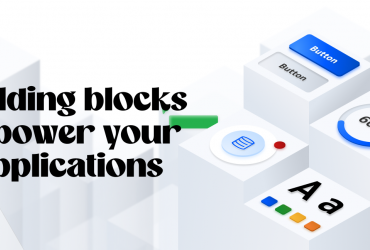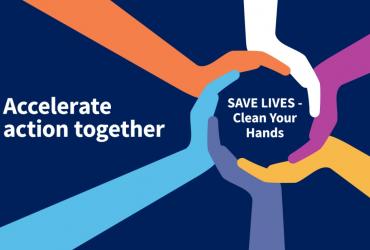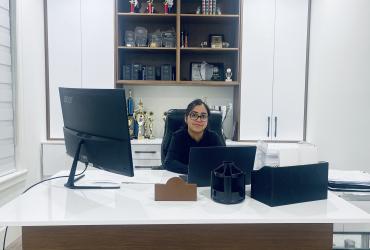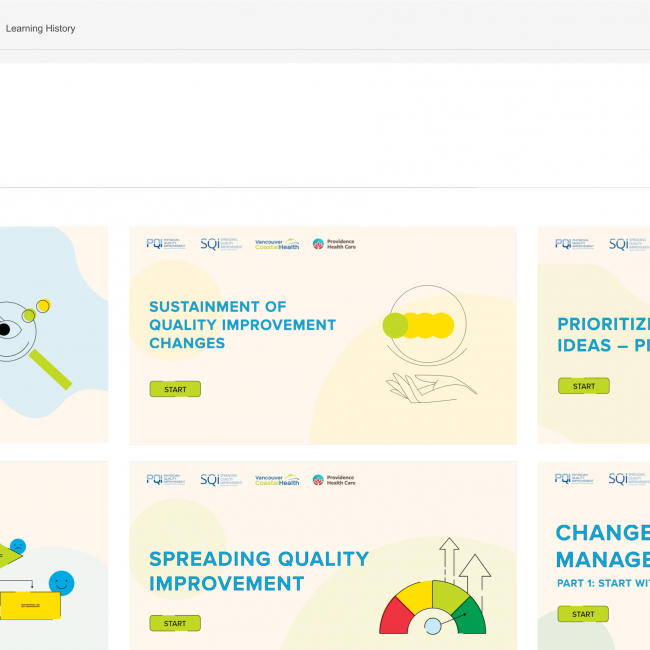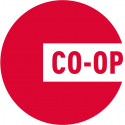My workdays included progress check-ins with coworkers, planning with to-do lists, asset creation, and project work. Twice a week, my day began with a 9 AM online meeting with the whole team. This provided a platform to discuss ongoing project updates and important announcements.
Before engaging in any project work, I referred to a bullet journal that I created on Notion. This helped me organize tasks, set deadlines, and prioritize objectives, ensuring focused and on-track progress.
Incorporating Figma into my workflow allowed me to rapidly try various text layout ideas and character scenes, and experiment with expanding color schemes. Its flexibility allowed for quick comparisons and adjustments before adapting these concepts into Articulate Storyline, where I fleshed out the final versions. Adobe Illustrator was pivotal for creating intricate assets such as textured characters and environments. It offered creative freedom that was not available in Figma.
Moving my designs from Figma into Articulate Storyline posed significant challenges and required considerable time, particularly when incorporating interactive elements such as drag-and-drop or matching activities. This task demanded the customization of these activities to ensure they aligned perfectly with the course context, all while navigating the complexities and limitations of Storyline, which represented an ongoing learning process. Upon releasing modules for feedback, I diligently integrated suggestions and modifications to enhance the user experience.
Video editing was also a significant aspect of my role, enhancing course modules with compelling interviews. I used Adobe Premiere Pro to refine sound and visuals before embedding these videos into Articulate Storyline, enriching the educational experience.
Weekly meetings with my supervisor and a fellow designer allowed me to obtain feedback and guidance. Monthly sessions with course content designers provided valuable insight and an avenue for presenting my work.
Lunch breaks were for socializing and stepping away from screens, sometimes spent strolling outside. At the end of the day, I revisited my Notion journal, noting pending tasks and preparing for the following day's requirements, ensuring no loose ends remained.









